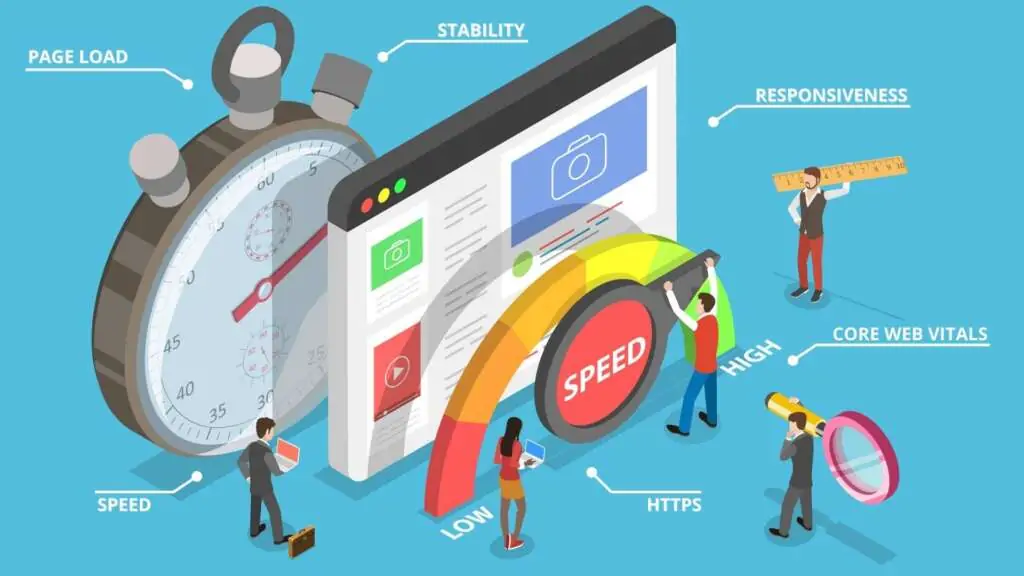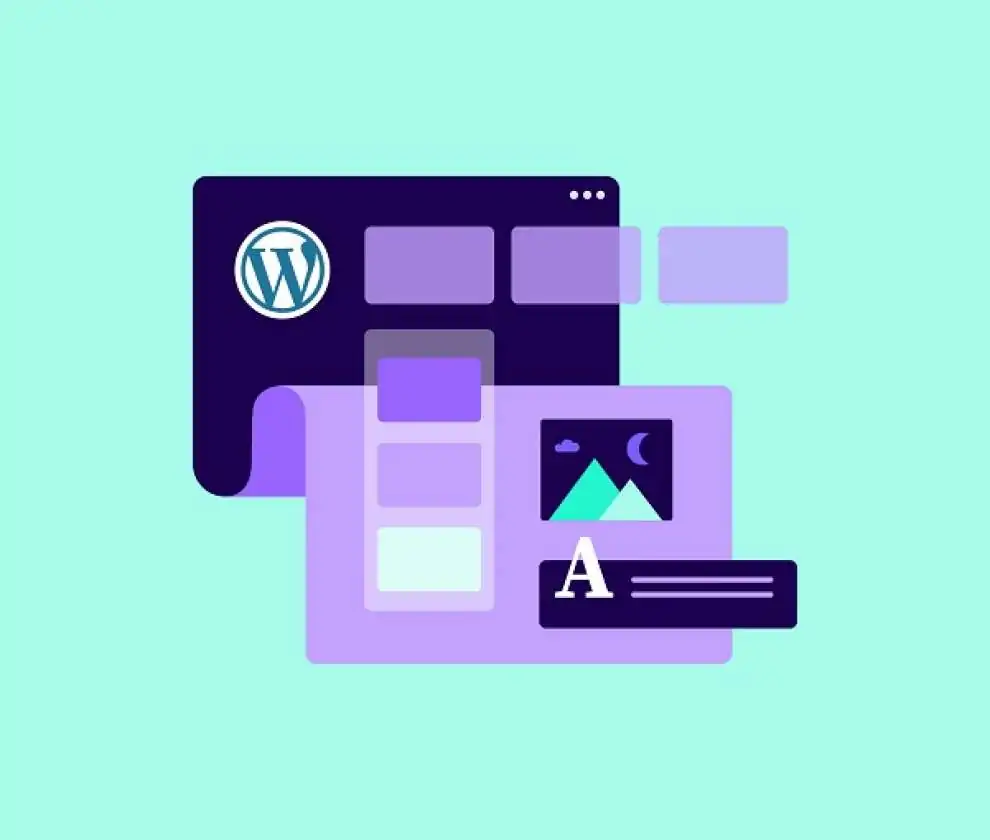
Road to Digital Success by Optimizing Website Performance
In the digital age, the performance of a website is a critical factor in its success. Whether you’re running an e-commerce site, a blog, or an informational platform, slow loading times and poor responsiveness can have a significant impact on user experience and, subsequently, on your business or personal goals. Explore the importance of website performance, common issues that can hinder it, and strategies to optimize your website for a smoother and more satisfying user experience.
1. The Importance of Website Performance
Site performance refers to how quickly and effectively a website responds to user interactions. It encompasses various aspects, including page loading speed, smooth navigation, and efficient functionality. The significance of site performance cannot be overstated for several reasons:
- User Experience: A fast and responsive website provides a better user experience, leading to higher visitor satisfaction.
- Search Engine Ranking: Search engines, like Google, consider page speed and performance when ranking websites in search results.
- Conversion Rates: Slow-loading pages can deter users from making purchases or taking desired actions, leading to reduced conversion rates.
- Competitive Advantage: A well-optimized website can give you a competitive edge in the digital landscape.

2. Common Issues Affecting Site Performance
Several common issues can hamper site performance:
a. Slow Loading Times: This is often the result of large image files, excessive use of scripts, or inefficient coding.
b. High Server Response Time: This can be due to server overloads, poor server configurations, or inefficient databases.
c. Excessive HTTP Requests: Too many requests for resources (such as images, stylesheets, and scripts) can slow down a website.
d. Unoptimized Images: Large, unoptimized images can significantly impact loading times.
e. Lack of Browser Caching: Without browser caching, users must re-download resources every time they visit your site.
f. Render-Blocking JavaScript and CSS: These can delay page rendering and user interaction.
3. Strategies to Optimize Site Performance
Optimizing site performance is a continuous process that involves various strategies and best practices. Here are some key techniques:
a. Image Optimization:
- Compress images: Reduce file sizes without compromising quality using tools like Adobe Photoshop or online services like TinyPNG.
- Use responsive images: Implement the srcset attribute to serve different image sizes based on the user’s screen.
- Lazy loading: Load images as the user scrolls down the page to improve initial load times.
b. Minimize HTTP Requests:
- Combine CSS and JavaScript files: Reduce the number of requests by combining multiple files into one.
- Use asynchronous loading: Load non-essential resources asynchronously to prevent blocking page rendering.

c. Browser Caching:
- Leverage browser caching: Set up caching headers to instruct browsers to store resources locally for faster loading on subsequent visits.
d. Content Delivery Networks (CDNs):
- Utilize a CDN: A CDN distributes your website’s assets across multiple servers worldwide, reducing the distance data must travel to reach users.
e. Mobile Optimization:
- Prioritize mobile performance: Given the increasing use of mobile devices, ensure your website is optimized for smaller screens and slower mobile connections.
- Accelerated Mobile Pages (AMP): Consider implementing AMP for content-heavy pages, which enhances mobile performance.
f. Code Optimization:
- Minify CSS and JavaScript: Remove unnecessary characters and white spaces from your code to reduce file sizes.
- Optimize databases: Keep databases clean and efficient by removing unnecessary data and optimizing queries.
g. Content Delivery Optimization:
- Content compression: Enable GZIP compression to reduce the size of text-based resources.
- Server response time: Optimize server configurations, use content delivery networks, and implement caching to improve response times.
h. Monitoring and Testing:
- Regularly monitor site performance using tools like Google PageSpeed Insights, GTmetrix, and Pingdom.
- A/B testing: Experiment with different design and functionality changes to identify what works best for your audience.
4. The Impact on SEO and User Experience
Site performance directly impacts both search engine optimization (SEO) and user experience. Search engines, like Google, consider website speed as a ranking factor, meaning that slow-loading pages can lead to lower search engine visibility. Moreover, a website’s speed and responsiveness profoundly affect user experience. Slow websites can frustrate visitors and deter them from exploring further or making purchases. On the other hand, fast, well-optimized websites enhance user satisfaction and engagement.
5. Future Trends in Site Performance
The future of site performance is closely tied to evolving technology and user expectations:
a. Progressive Web Apps (PWAs): PWAs offer a seamless, app-like experience within a browser, combining the best of both worlds for users seeking speed and functionality.
b. Core Web Vitals: Google has introduced Core Web Vitals as a ranking factor, emphasizing user experience metrics like loading, interactivity, and visual stability.
c. Mobile-First Indexing: With mobile devices dominating internet usage, websites optimized for mobile will continue to take center stage.
d. Emerging Technologies: The use of technologies like HTTP/3 and WebAssembly promises even faster loading times and better site performance.
In conclusion, Optimizing website performance is an ongoing journey, essential for ensuring a positive user experience, achieving high search engine rankings, and staying competitive in the digital landscape. By implementing the strategies and techniques discussed in this article, you can pave the way for a fast, responsive, and efficient website that not only delights users but also advances your digital goals. In the ever-evolving digital world, a commitment to website performance optimization is the path to digital success and the key to unlocking the full potential of your online presence.




